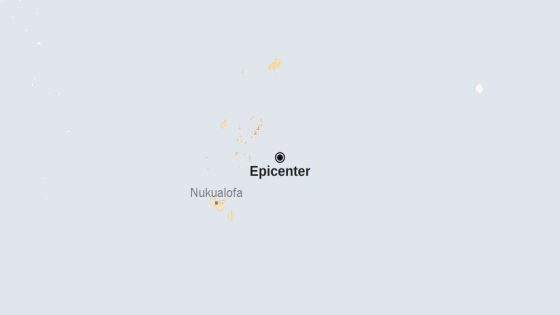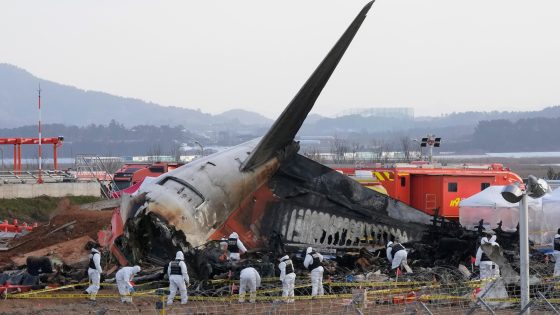A 7.0-magnitude earthquake struck in the South Pacific Ocean near Tonga on March 30, 2025, at 1:18 a.m. local time. The united states Geological Survey (U.S.G.S.) reported that the quake triggered a brief tsunami alert for Tonga, although no tsunami occurred.
- 7.0-magnitude earthquake struck South Pacific Ocean
- Tsunami threat issued for Tonga region
- Tsunami waves possible within 190 miles
- Aftershocks can follow initial earthquake
- Shake intensity categorized as “light”
- U.S.G.S. may revise earthquake magnitude
The earthquake’s epicenter was located about 49 miles southeast of Pangai, Tonga. Initial reports indicated a magnitude of 7.1, but this was later adjusted to 7.0 as seismologists reviewed the data. The U.S. Tsunami Warning System issued a tsunami alert for coastlines within 190 miles of the epicenter, warning of potential waves. However, an all-clear notice followed about an hour later, indicating that no tsunami had formed.
Tsunamis are generated by significant underwater disturbances, such as earthquakes, which cause large displacements of water. These waves can travel vast distances and result in coastal flooding and strong currents. The U.S.G.S. monitors seismic activity and may revise earthquake magnitudes and severity maps as more information becomes available.
Aftershocks can occur following a significant earthquake, potentially affecting already impacted areas. They can happen days, weeks, or even years later, and may be of similar or greater magnitude than the initial quake. The U.S.G.S. continues to track aftershocks and their impact on the region.
In summary, the 7.0-magnitude earthquake near Tonga prompted a temporary tsunami alert that was quickly lifted. The event highlights the ongoing seismic activity in the region and the importance of monitoring such natural occurrences.

































